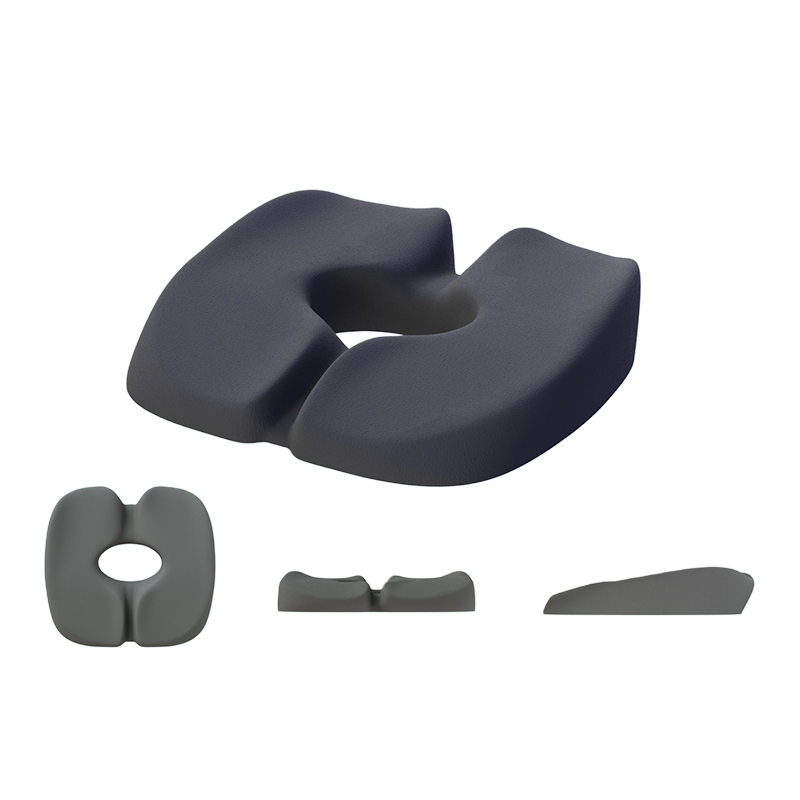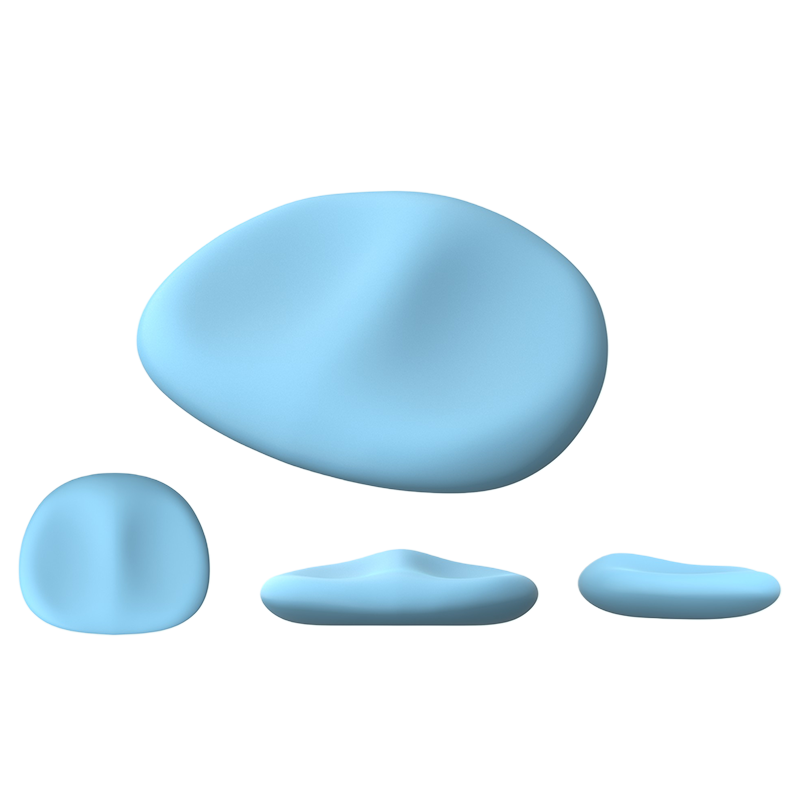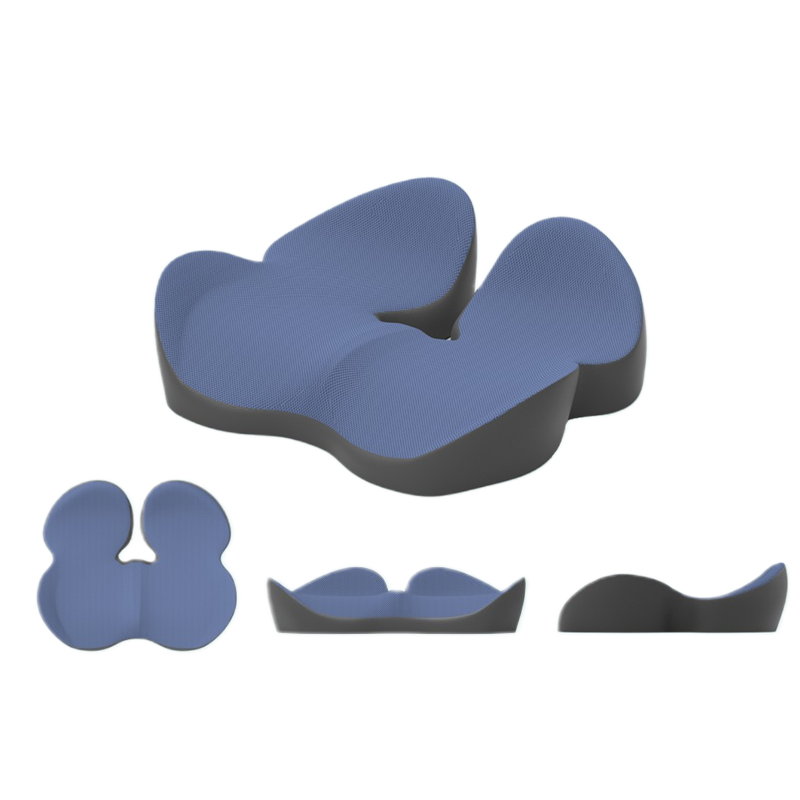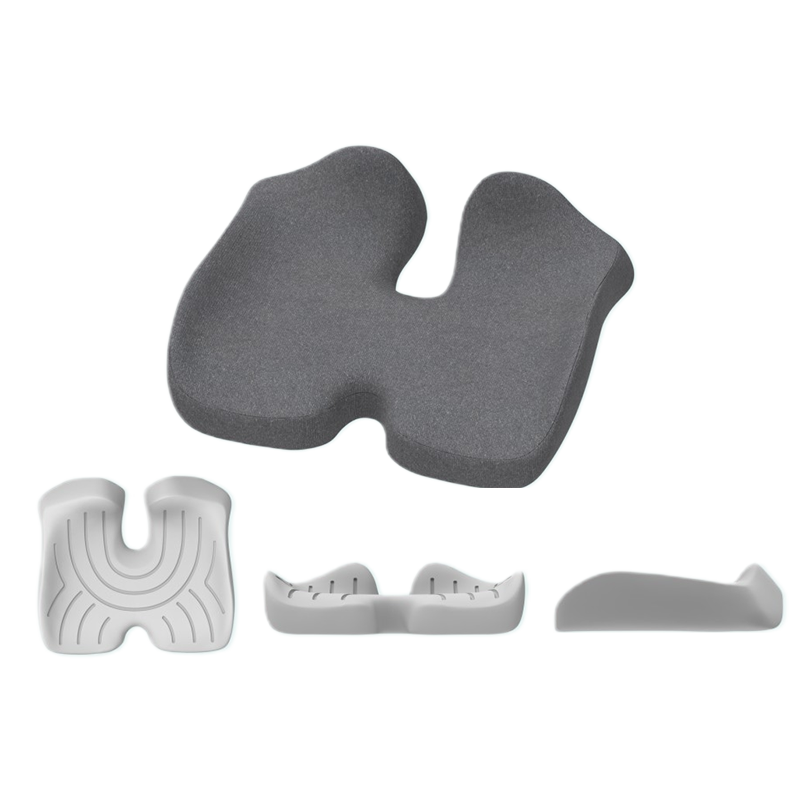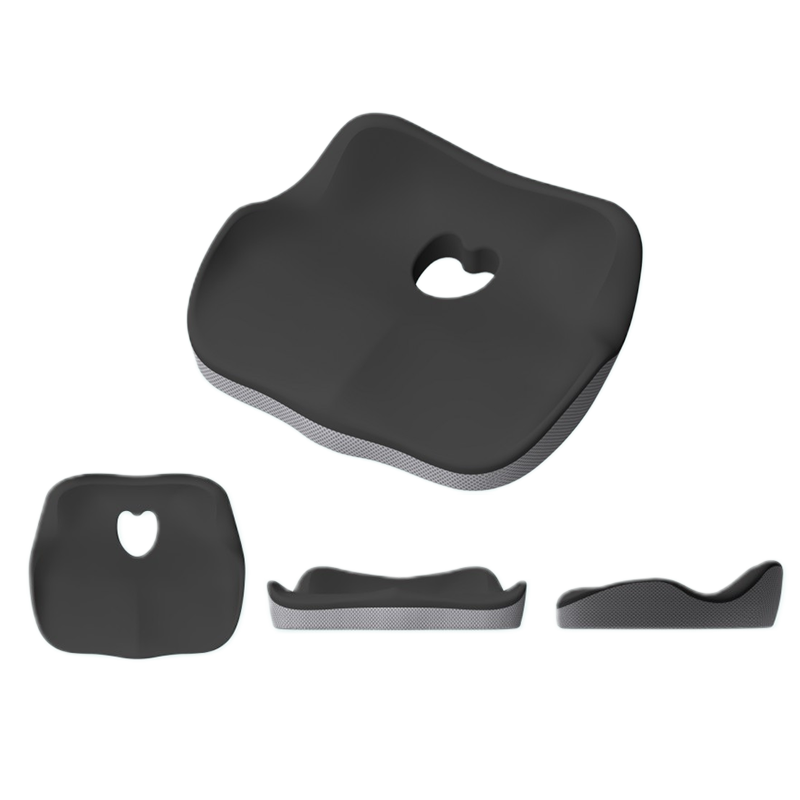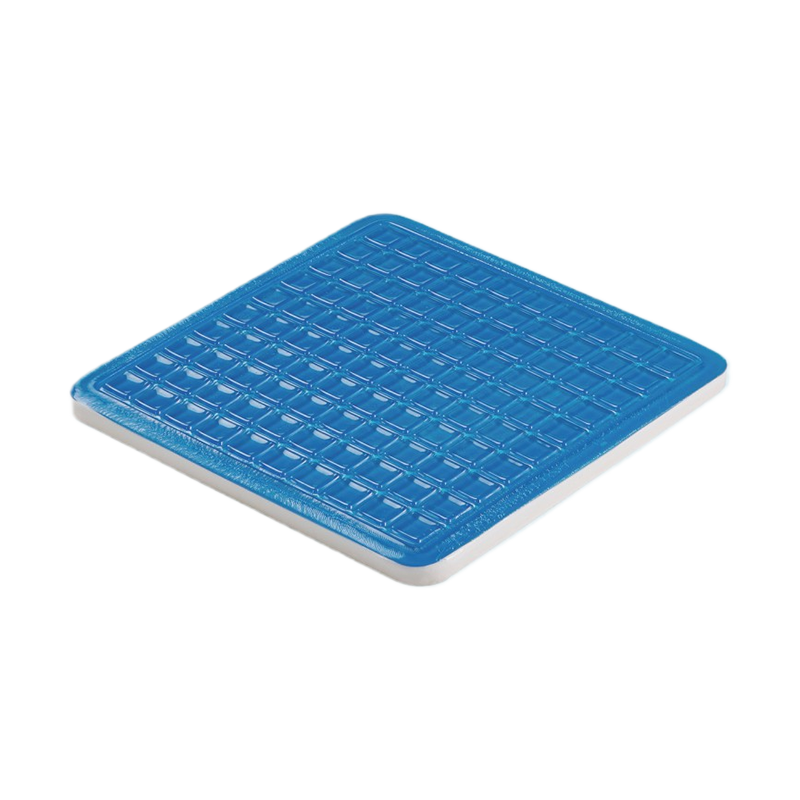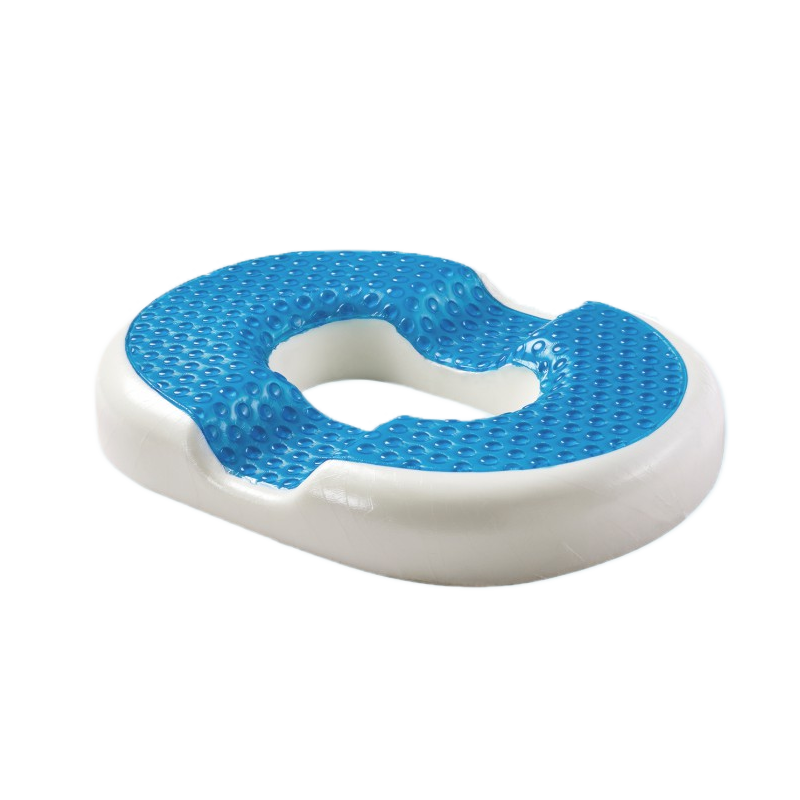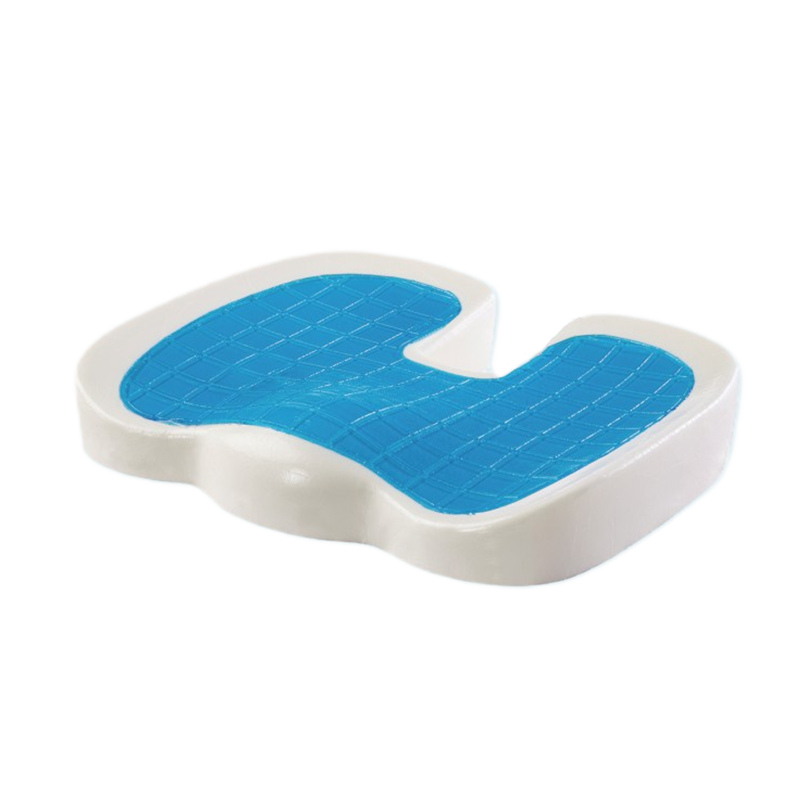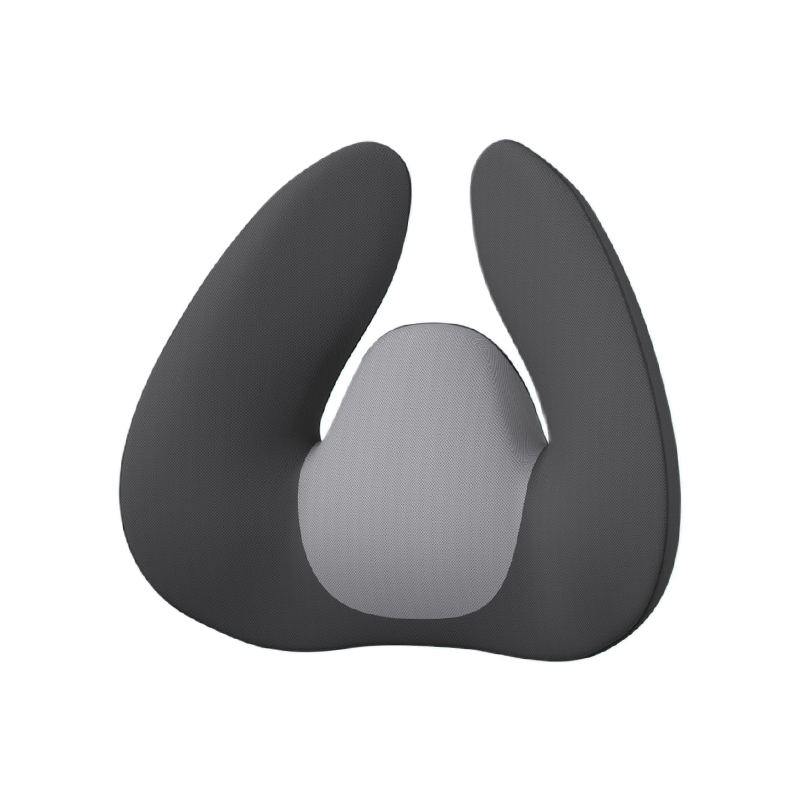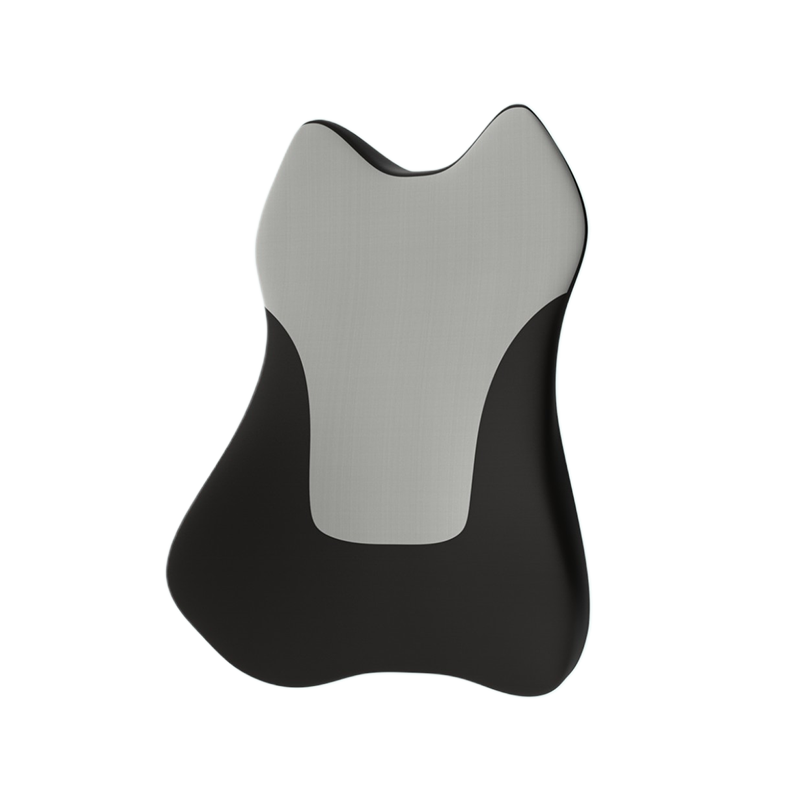The hardness of memory foam pillows does change with temperature, which is determined by the "temperature-sensitive properties" of the material itself. The molecular structure of memory foam (i.e., slow-rebound polyurethane foam) is highly sensitive to temperature, and its viscoelastic properties vary significantly with external temperature fluctuations. For example, when the ambient temperature decreases (such as when the room temperature is below 15°C in winter), the molecular chain activity of the memory foam weakens, and the material becomes relatively hard. At this time, the pillow surface needs a long time to absorb body temperature after contacting the human body before it can gradually soften and fit; at higher temperatures (such as in summer or areas where the human body is in contact for a long time), the fluidity of the molecular chain increases, and the material softens rapidly to disperse the pressure, forming a "zero pressure sense" support.
This temperature sensitivity stems from the open cell structure of the material and the chemical properties of polyether/isocyanate. For example, the glass transition temperature (Tg) of temperature-sensitive memory foam is usually set between 15-20°C. When the ambient temperature is lower than Tg, the hard segment of the material dominates, showing a rubber-like rigidity; when the temperature is higher than Tg, the soft segment begins to become active, the material enters a high elastic state and produces viscoelastic deformation. In actual use, in an unheated room in winter, memory foam pillows may feel hard to the touch, and rely on human body temperature (about 36°C) to be transmitted to the inside of the material, breaking the hard segment constraints through molecular thermal motion, before they can restore their soft properties. This also explains why some users report that the pillow is hard at first in cold seasons, but gradually fits after lying down for a few minutes.
Recommended Products
Products provided by famous enterprises are deeply trusted by users.



 English
English عربى
عربى
